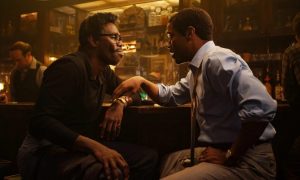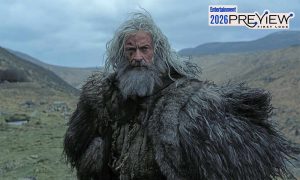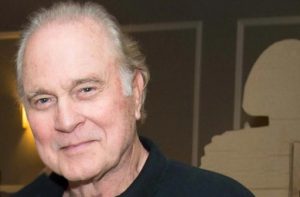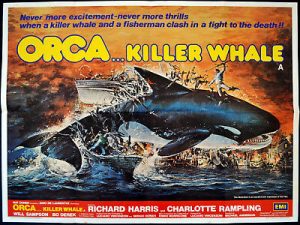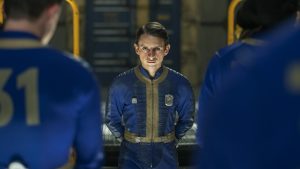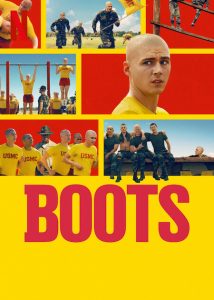
Based on the Pulitzer Prize winning novel by Marjorie Kinnan Rawlings, The Yearling (1946) stars Gregory Peck and Jane Wyman as Penny and Ora, married pioneer farmers who live and work deep in the Florida backwoods. Their son Jody (Claude Jarman Jr.) is their sole surviving child. Fearing that her love and attention was responsible for the death of her other children, she exudes a cold demeanor to Jody as a way of keeping him alive. Jody finds joy in his close relationship with his father and with the domestic and wild animals that he encounters on a daily basis. When Penny has to kill a doe in order to gather its liver for life saving medicine, Jody takes the doe’s orphaned fawn under his wing and names him Flag. Jody’s relationship with Flag helps him through tragedy. Unfortunately, when Flag becomes a yearling he begins to cause much destruction on the family farm. Jody must learn that when every day is a struggle, heartbreak comes hand-in-hand with survival.
Directed by Clarence Brown, The Yearling (1946) is a visually stunning and ultimately heart-wrenching film about family, tragedy and the cruelty of mother nature. It’s a difficult watch for animal lovers, like myself, who hate to see the poor creatures suffer. While the animals in the film were not harmed during production, they are depicted as severely injured or dead and that can be a lot to bear for someone with no tolerance for cruelty towards animals.
The Yearling was shot on location in the Ocala National Forest and Silver Springs, Florida with additional scenes shot in Lake Arrowhead, California. Author Marjorie Kinnan Rawlings served as production advisor and helped with location scouting. Rawlings was originally from the area and the novel was based on her experiences and observations growing up in rural Florida. MGM had purchased the rights to the novel in 1938 and while production was meant to start in 1940, a variety of production problems including financial burdens, casting issues, the volatility of filming in nature and acquiring trained animals for filming, pushed back production until 1945. It was around that time that the studio finally cast Claude Jarman, Jr. after a long search for their Jody. This was Jarman’s feature film debut.
The trio of stars, Peck, Wyman and Jarm, are absolute perfection. Gregory Peck is charming as the former soldier turned farmer and loving father who will do anything to protect his family. Wyman gives Ora a range of emotions underneath the cold demeanor. We witness the depths of her pain and frustration as well as her fleeting moments of tenderness. Claude Jarman, Jr. is the heart of the film and through Jody he conveys a sense of innocence and sheer joy that makes one want to shield his character from the impending heartbreak.
The film was shot in Technicolor which is brilliantly enhanced with the Warner Archive Collection’s restoration. They sourced a 1080p HD Master from the 4k scan of the original Technicolor negative. The quality is absolutely breathtaking. The color is amazingly brilliant and nature seems to come to life through the screen. Facial details are very important and with the rich detail that can be seen in this restoration, Peck, Wyman, Jarman and the other cast members looked like contemporaries standing right before me rather than renderings of figures from decades past.

Amazon — Barnes and Noble — Deep Discount
I highly recommend getting the Warner Archive Collection’s Blu-ray edition of The Yearling (1946) if you can. In addition to the gorgeous 4K restoration, the Blu-ray also features English subtitles, a Screen Guild Players radio broadcast, the Cat Concerto cartoon and restored theatrical trailer.
Warner Archive Wednesday – On (random) Wednesdays, I feature titles from the Warner Archive Collection. Thank you to Warner Archive for sending me copy of The Yearling (1946).
